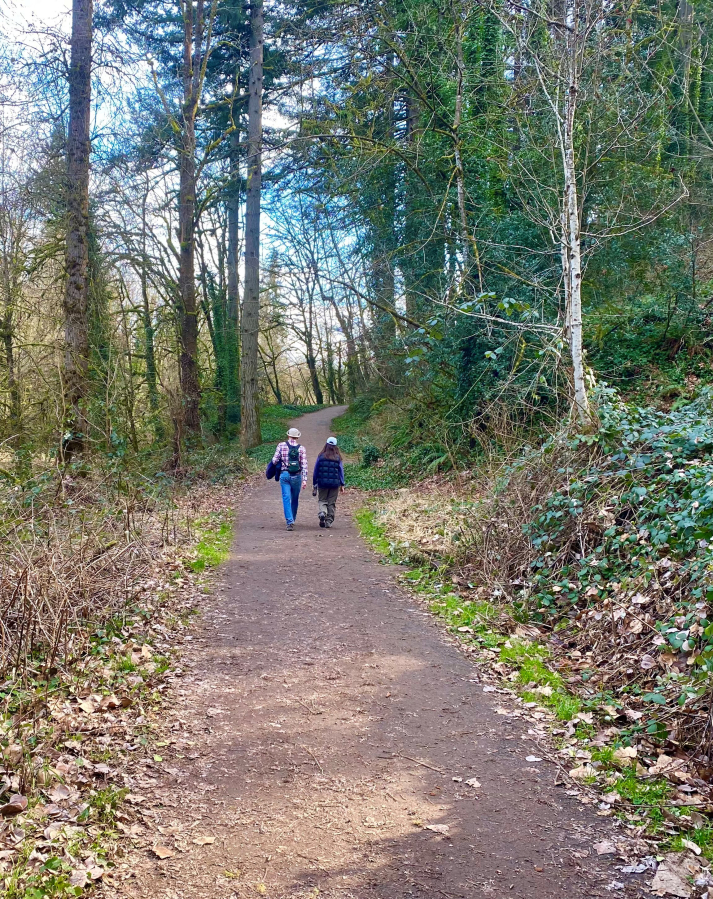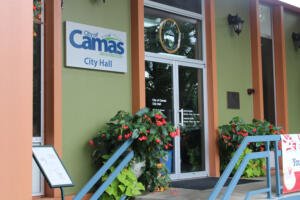The Camas City Council will continue a public hearing on the city’s Parks, Recreation and Open Space (PROS) Plan on Monday, April 18.
Typically updated every six years, the PROS Plan is the city’s guide for managing and enhancing its parks, trails and recreation system. To meet the requirements of the Washington State Growth Management Act, the city also must plan for future parks and recreation projects known as capital facilities – things like trail connections, wayfinding signs, picnic shelters, updated playground equipment, park restrooms, sports field renovations, a dog park, splash pads, community center, sports complex, swimming pools, community gardens, etc. – the city might develop or improve within its parks and recreation system over the next 20 years.
To maintain the city’s eligibility to apply for the state’s current round of parks and recreation grants, the city needed to pass its PROS Plan in March. The Council agreed on March 7 to pass the bulk of the 255-page PROS Plan needed to maintain grant eligibility, but held off on approving the entire plan after some council members objected to its long-range, 20-year capital facilities list detailing $130 million in potential parks and recreation projects.
The Council opened a public hearing on the entire PROS Plan – including the 20-year capital facilities list – during its regular meeting on Monday, April 4.
Camas Parks and Recreation Director Trang Lam explained during the public hearing that the PROS Plan was the result of a year-long process that included five meetings before the city council, several meetings with the city’s Parks and Recreation Commission, two joint meetings with the Camas Planning Commission, two public open houses, outreach at public events such as the Camas Farmers Market and an online and mail-in public survey that collected around 1,400 responses.





